The Golan Heights, a plateau in southwestern Syria covering approximately 1,800 square kilometers, is a strategically significant region located on the northern edge of Israel. Israel captured the area during the 1967 Arab-Israeli Six-Day War and has since maintained a strong military presence. The region is home to about 20,000 Jews living in around 30 settlements and approximately 20,000 Syrians, predominantly from the Druze community.
The Golan Heights' location, just 60 kilometers from Damascus, allows for direct oversight of the Syrian capital, posing a significant security concern for Syria. The Golan Heights is a crucial water source, providing about one-third of Israel's fresh water supply. The fertile land of the Golan Heights is essential for agriculture, contributing to the region's economic significance.
In 2003, Syrian President Bashar al-Assad initiated a river deal to address the Golan issue, which failed. Peace talks resumed in 2008, brokered by Turkey, but halted when Benjamin Netanyahu became Israel's Prime Minister in 2009. In 2011, US President Barack Obama attempted to restart peace talks, but the outbreak of the Syrian civil war impeded progress.In March 2019, then-US President Donald Trump recognized Israel's sovereignty over the Golan Heights, a move not supported by the broader international community, which continues to view the region as part of Syria.
Majdal Shams, one of the four villages in the Golan Heights, is home to about 25,000 Druze people. When Israel annexed the Golan Heights in 1981, Israeli citizenship was offered to the Druze, which they largely rejected to maintain their Syrian identity. This decision allows them to study and work in Israel without voting rights.
The Golan Heights remains a contentious area, with ongoing tensions between Israel and Arab countries, fueled by its strategic and economic importance.



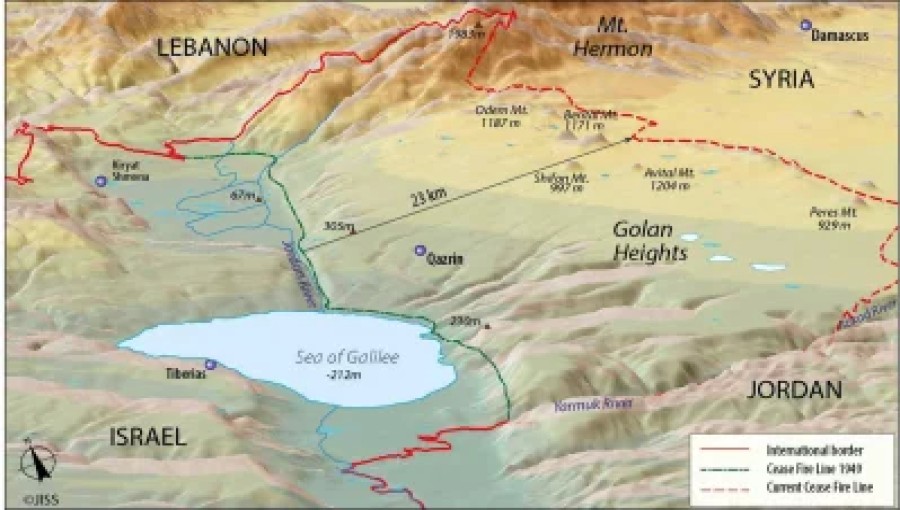

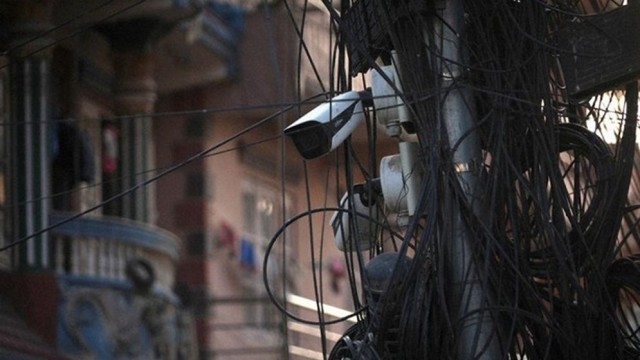


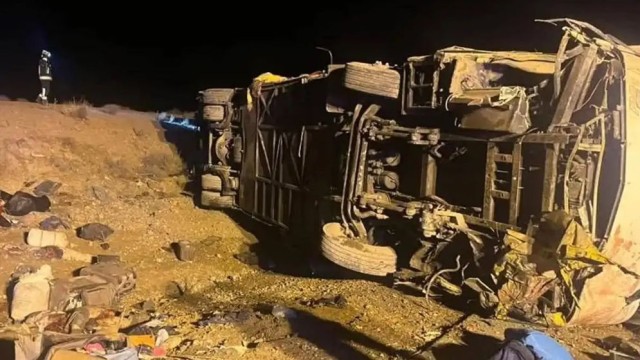
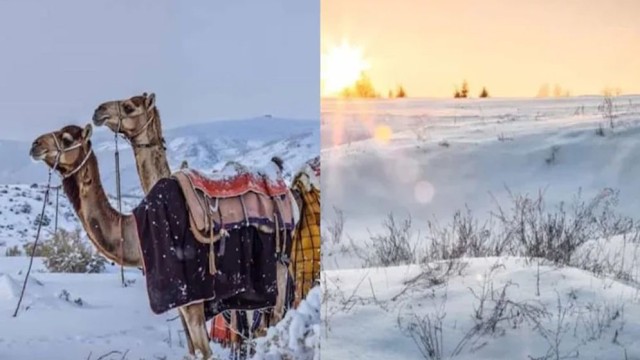
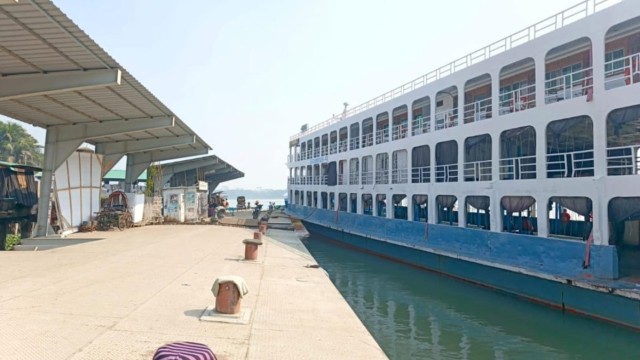





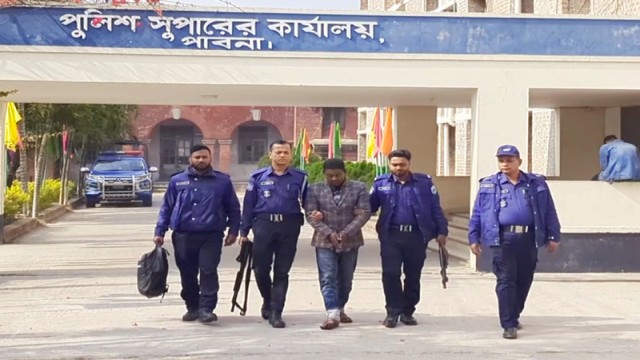
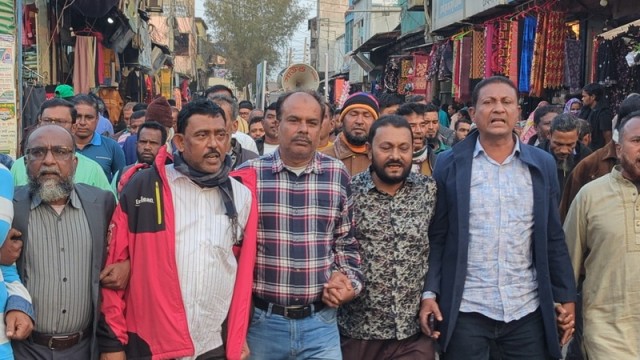







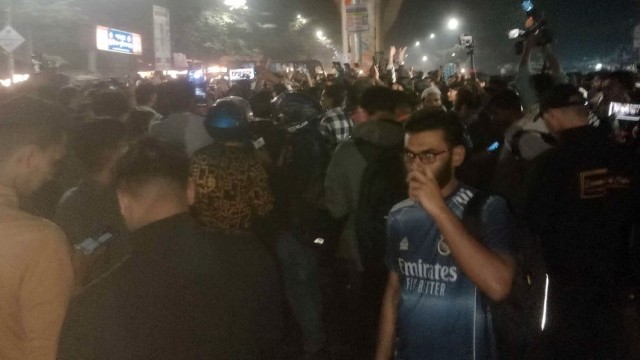




Comment: